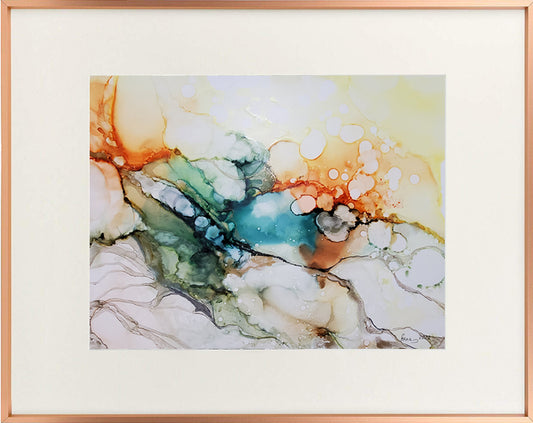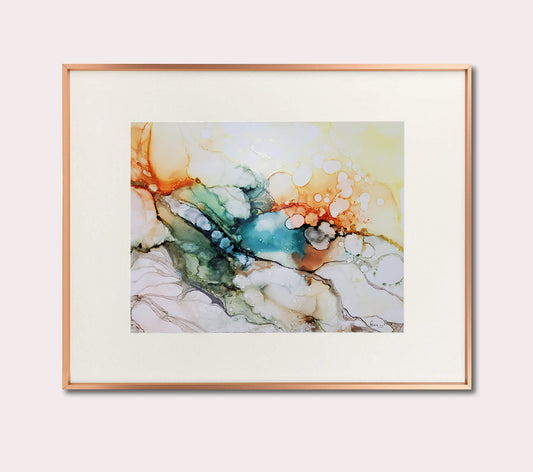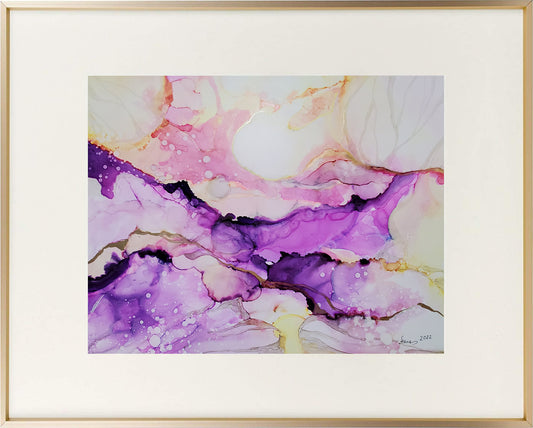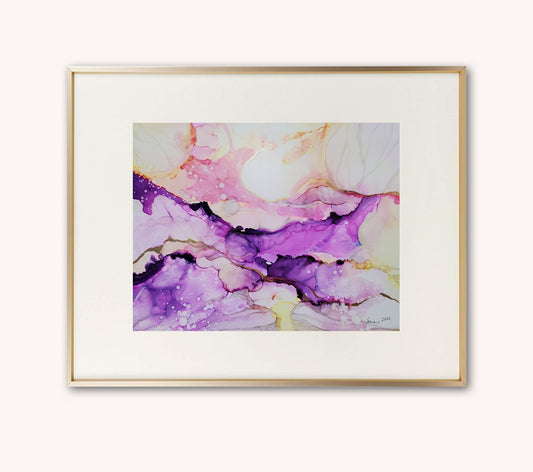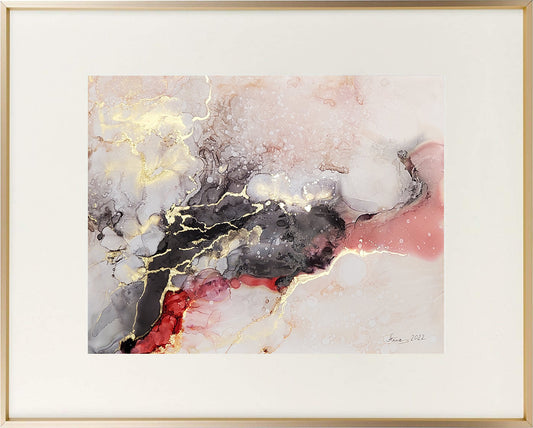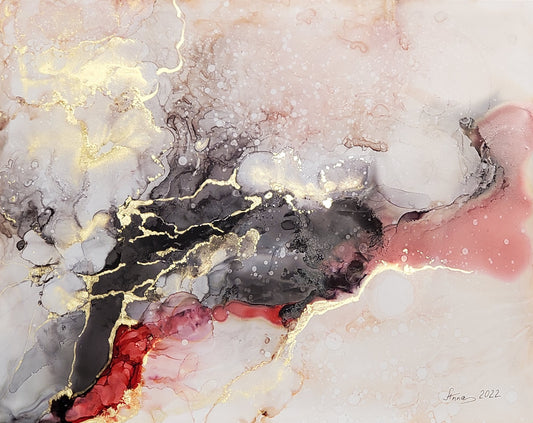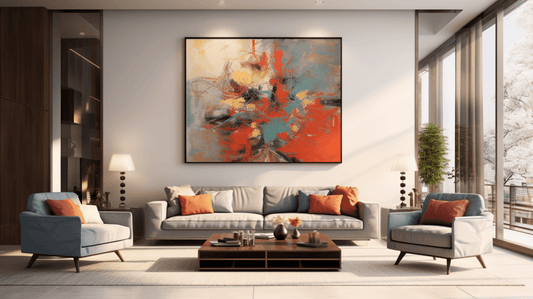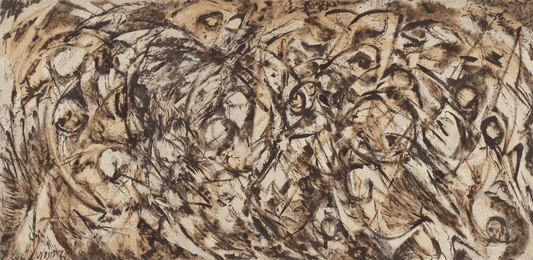Abstract art, throughout history, has undergone a significant evolution. The style, which is characterized by non-representational forms, has undergone a number of transformations over the centuries, each one reflecting the cultural and societal influences of its time. In this blog post, we will take a closer look at the evolution of abstract art throughout history, highlighting key movements and artists who have contributed to its development.
The earliest forms of abstract art can be traced back to the late 19th century. The Post-Impressionist movement, which emerged in the 1880s, marked the beginning of the abstraction of art. Artists such as Paul Cezanne and Vincent Van Gogh began to experiment with form, color, and composition, paving the way for the development of abstract art.


In the early 20th century, artists began to push the boundaries of representation even further. The Cubist movement, led by artists such as Pablo Picasso and Georges Braque, was a major contributor to the evolution of abstract art. Cubism, which broke down objects into geometric shapes, was a significant step towards abstraction. This movement was a catalyst for other styles of abstraction, such as Futurism and Surrealism.

Pablo Picasso - Girl with a Mandolin

Georges Braque - Still Life with Metronome
The period between the two World Wars saw the emergence of several new styles of abstract art. The Surrealist movement, led by Salvador Dali, was heavily influenced by the subconscious mind and dreams. The Futurist movement, led by artists such as Umberto Boccioni and Gino Severini, was heavily influenced by technology and the modern world. These movements were a significant departure from traditional art forms and marked a new era of abstract art.
In the post-World War II era, abstract art continued to evolve and diversify. The Abstract Expressionist movement, which emerged in the 1940s and 1950s, was characterized by large-scale canvases and gestural brushstrokes. Artists such as Jackson Pollock, Mark Rothko, and Willem de Kooning were some of the key figures of this movement. This movement, also known as the New York School, was heavily influenced by the political and social climate of the time.
In the 1960s and 1970s, the focus of abstract art shifted towards minimalism. Minimalism, characterized by simple geometric shapes and limited color palettes, was a reaction to the gestural and emotional nature of Abstract Expressionism. Artists such as Donald Judd, Agnes Martin, and Dan Flavin were some of the key figures of this movement.
In the 1980s and 1990s, abstract art saw a resurgence in popularity. The Neo-Expressionist movement, which emerged in the 1980s, was characterized by a return to gestural brushstrokes and the use of bright colors. Artists such as Julian Schnabel, David Salle, and Jean-Michel Basquiat were some of the key figures of this movement.
Today, abstract art continues to evolve and diversify. With the advent of digital technology and the internet, artists have been able to explore new forms of abstraction, such as digital and video art. Abstract art, throughout history, has undergone a significant evolution, reflecting the cultural and societal influences of its time.
In conclusion, the evolution of abstract art throughout history has been a fascinating journey. From the Post-Impressionist movement of the late 19th century, to the emergence of new styles such as Cubism, Surrealism, Futurism, Abstract Expressionism, Minimalism, Neo-Expressionism, and the digital art, abstract art has undergone a significant transformation. Each movement has marked a new era of abstract art and has contributed to its development.
Intrigued by the fascinating world of abstract art? Your artistic journey doesn't have to end here. Explore a mesmerizing collection of captivating and modern abstract artworks by visiting our Abstract Art Collection and Shop. Anna Manukyan's gallery is a treasure trove of creativity, where you can not only see but also acquire unique pieces that resonate with your aesthetic sensibilities. Dive into a realm of imagination, emotion, and innovation as you discover the transformative power of abstract art. Don't miss the opportunity to enrich your surroundings with these thought-provoking creations. Start your exploration now and let the art on this page inspire your soul.

